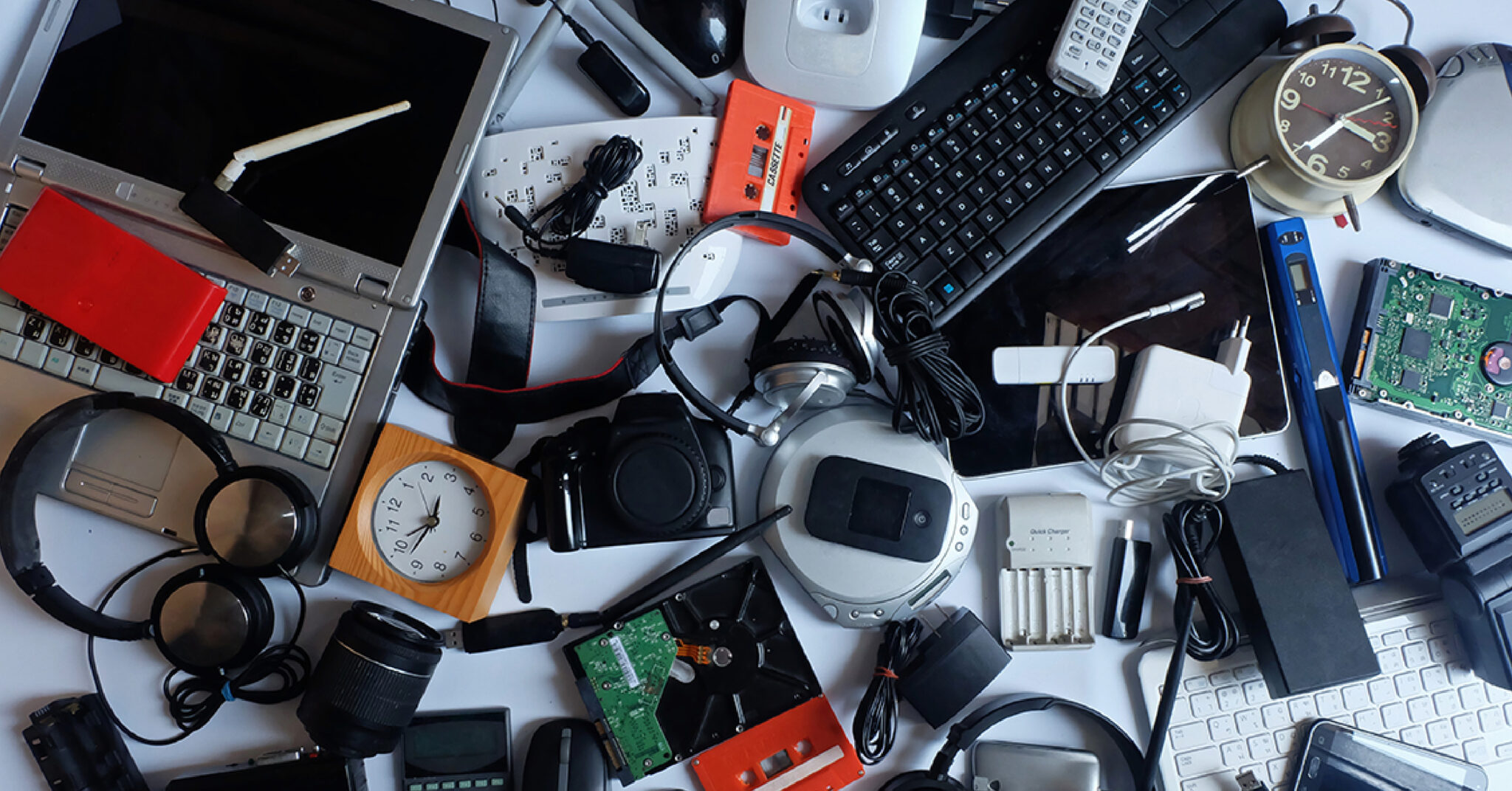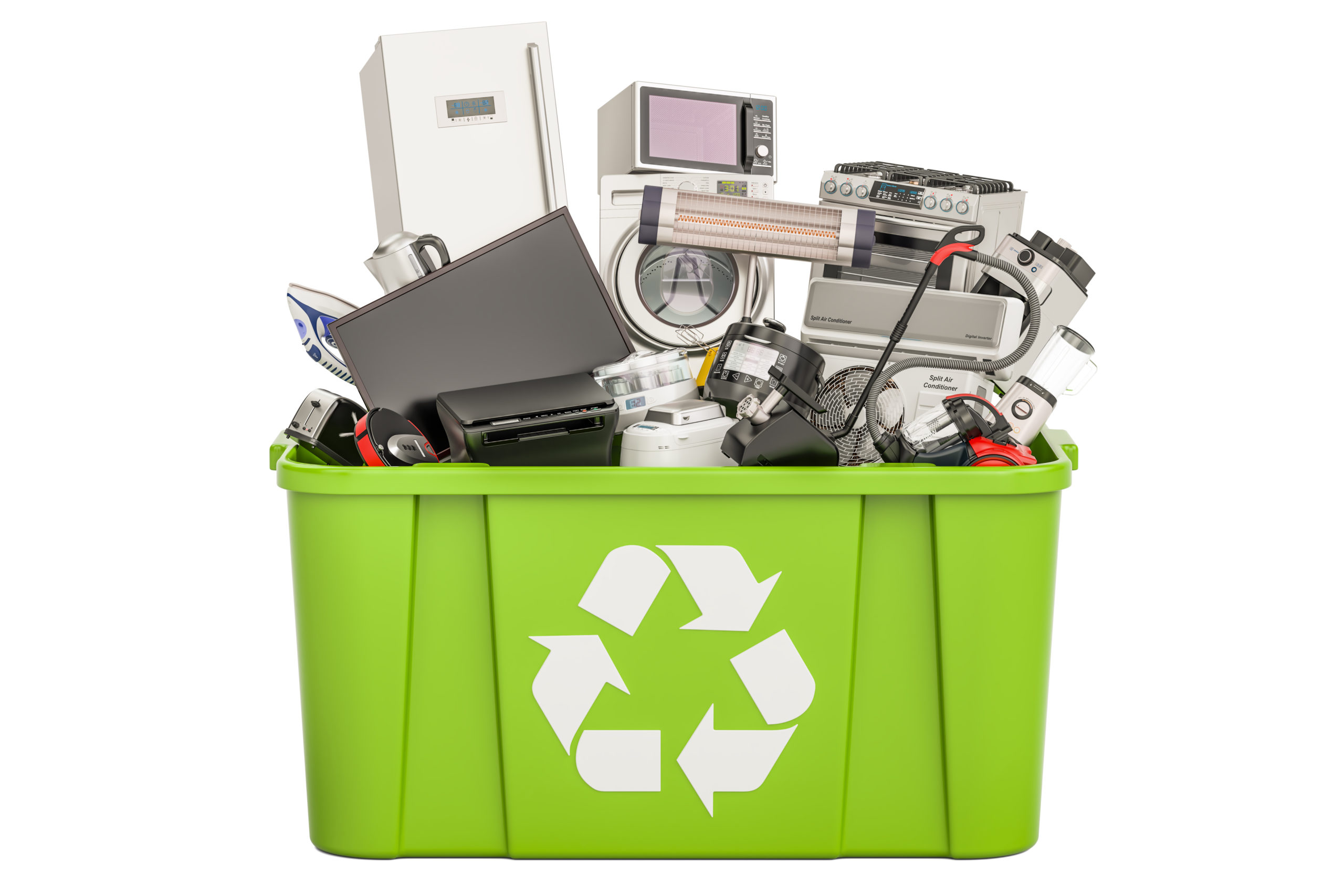In our rapidly advancing technological age, where innovation seems boundless and electronic devices are an integral part of our daily lives, the environmental impact of electronic waste (e-waste) is an ever-growing concern. As the mountains of discarded gadgets and appliances continue to rise, the importance of electronics recycling has never been more evident. In this blog, we will delve into the intricate process of how electronics are recycled, shedding light on the efforts to transform the linear lifecycle of electronic devices into a circular and sustainable one.
The Rise of Electronic Waste
The proliferation of electronic devices, from smartphones to laptops and household appliances, has led to a staggering increase in electronic waste worldwide. According to the Global E-Waste Monitor 2020, approximately 53.6 million metric tons of electronic waste was generated in 2019, with only 17.4% being recycled. The rest often ends up in landfills, posing significant environmental and health risks due to the toxic materials contained in electronic components.
Understanding the Complexity of Electronics
Electronic devices are intricate assemblies of various materials, including metals, plastics, glass, and rare earth elements. Disassembling and separating these components is a complex task that requires specialized knowledge and technologies. Additionally, electronic devices often contain hazardous substances such as lead, mercury, and cadmium, which pose environmental and health hazards if not properly managed during disposal.

The Electronics Recycling Process
Collection: The journey of electronics recycling begins with collection. E-waste can be sourced from various channels, including consumers, businesses, and electronic manufacturers. Many countries have established collection points or recycling facilities to gather discarded electronics. Efforts are also made to raise awareness about the importance of recycling, encouraging individuals to responsibly dispose of their old devices.
Sorting and Transportation: Once collected, the e-waste is transported to specialized recycling facilities where the sorting process takes place. During sorting, the electronics are categorized based on their type, size, and composition. This step is crucial, as it determines the subsequent processing methods each component will undergo. Large and small electronics, as well as different materials, are sorted separately to optimize the recycling efficiency.
Disassembly: The disassembly stage involves breaking down electronic devices into their individual components. Skilled technicians carefully dismantle gadgets, separating reusable and recyclable parts from non-recyclable materials. This meticulous process requires precision to avoid damaging valuable components and to ensure the safe handling of hazardous materials.
Shredding: After disassembly, the recyclable components, such as metals and plastics, undergo shredding. Shredding breaks down materials into smaller pieces, facilitating further separation and processing. Metals like copper, aluminum, and gold are extracted from circuit boards and wiring, while plastics are shredded and cleaned for future use.
Separation and Recovery: Various separation techniques are employed to recover valuable materials from the shredded components. Advanced technologies, such as magnetic separation and eddy current separation, are used to isolate metals from other materials. This stage is critical for reclaiming precious metals like gold and silver, which are often used in electronic circuitry.
Refining: Recovered materials go through refining processes to meet the quality standards required for reuse in new electronic products. This may involve purifying metals to remove impurities and contaminants. The refined materials are then transformed into raw materials, ready to be reintegrated into the manufacturing process.
Responsible Disposal of Hazardous Materials: While valuable materials are recovered and recycled, hazardous substances such as lead, mercury, and brominated flame retardants must be handled with care. Specialized methods, such as high-temperature incineration or chemical treatments, are employed to neutralize or safely dispose of these toxic elements, preventing environmental contamination.
Challenges and Opportunities
Despite the advancements in electronics recycling, several challenges persist. One significant obstacle is the lack of standardized recycling practices globally. The absence of consistent regulations can result in improper disposal methods and contribute to the environmental burden of e-waste.
However, the challenges also present opportunities for innovation and collaboration. Researchers are exploring ways to improve the efficiency of recycling processes, develop alternative materials that are easier to recycle, and implement sustainable design practices in electronic manufacturing.
The journey of electronics recycling is a symphony of precision, innovation, and responsibility. As our dependence on electronic devices continues to grow, so does the imperative to manage their end-of-life in an environmentally conscious manner. Through the concerted efforts of individuals, businesses, and policymakers, we can transform the linear lifecycle of electronics into a circular and sustainable one, minimizing the environmental impact of e-waste and paving the way for a greener future.
